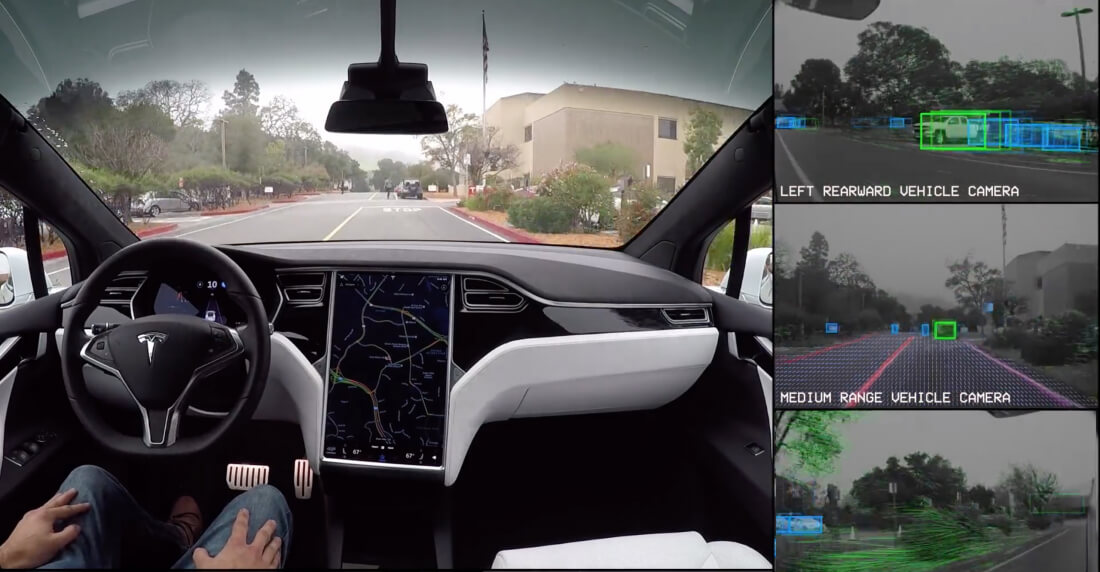The first fatality involving Tesla's Autopilot feature led to questions over the safety of the semi-autonomous system last year, but a report published by the National Transportation Safety Board (NTSB) concludes that Elon Musk's company was not at fault.
While the cause of the crash has still not been determined, the 538-page report states that driver Joshua Brown had his hands off the wheel of the Tesla Model S "for the vast majority of the trip." This was despite receiving seven visual warnings, six of which also sounded a chime, to maintain control during the 37-minute journey.
Brown also drove at 74 miles per hour - above the 65-mph limit - and the car's systems detected no manual attempts to brake prior to the crash.
The sedan, which was in autopilot mode, drove underneath a tractor trailer that was crossing the highway on May 7, 2016. A witness described the scene as being "just a white cloud, like just a big white explosion." Brown "took no braking, steering or other actions to avoid the collision," according to the report.
The NTSB's report matches the National Highway Traffic Safety Administration's view of the incident. Earlier this year, the NHTSA released its own report, which also concluded that Joshua had ignored the manufacturer's warnings to keep his hands on the wheel.
The NTSB found no record of a forward collision warning or automatic emergency braking at the time or the moments leading up to the crash.
Brown family lawyer Jack Landskroner told Reuters the NTSB's findings prove previous reports that Brown was watching a movie at the time of the crash were false. He added that the family has not taken any legal action against Tesla and was still reviewing the NTSB report.
Following the accident, Tesla said both the autopilot system and the driver failed to notice the white trailer against the bright sky. It led to the company updating the autopilot system last September to become radar-based, rather than a camera-based.
